Cheongwadae Sarangchae (청와대사랑채)
762.5M 2025-08-20
45 Hyoja-ro 13-gil, Jongno-gu, Seoul
+82-2-723-0300
Cheongwadae Sarangchae is an “open cultural space” for everyone. Throughout the facility, travel library-themed spaces and tourism-related exhibitions are set up providing distinctive experiences for visitors interested in learning more about Korea. By exploring Cheongwadae Sarangchae and its surroundings, visitors can expand their discovery and get a deeper insight as they travel Korea. Cheongwadae Sarangchae consists of exhbition halls on the first and second floors, with convenient amenities such as a nursing room, storage lockers, accessible restrooms, a gift shop, and a cafe.
Vestis - Gyeongbokgung Branch [Tax Refund Shop] (베스티스 경복궁)
763.3M 2024-04-18
1F, 17, Jahamun-ro 12-gil, Jongno-gu, Seoul
-
Slow Steady Club - Samcheong Branch [Tax Refund Shop] (슬로우스테디클럽 삼청)
769.2M 2024-06-27
2F, 84, Yulgok-ro, Jongno-gu, Seoul
-
Insa Art Space (인사미술공간)
777.5M 2021-02-26
89, Changdeokgung-gil, Jongno-gu, Seoul
+82-2-760-4722
Insa Art Space was established in 2000 to support artists who are experiencing financial difficulties. In 2005, Art Space started to develop artistic projects and in 2006, the gallery began to provide project consultations, and publishing and marketing, to develop into a stronger self-sufficient gallery. Currently, the gallery provides special exhibitions for artists and independent curators.
Seoul International Writers' Festival (서울국제작가축제)
781.7M 2025-07-30
26 Insadong 9-gil, Jongno-gu, Seoul
+82-70-8826-5207
Seoul International Writers' Festival was founded in 2006 with aims to lay a foundation for connecting Korean literature and international literature. This year's theme is "() Meets the Eye," inviting attendees to explore the beauty of literature that is much more than meets the eye.
Hyangnamu Tree in Changdeokgung Palace (창덕궁 향나무)
789.8M 2025-01-13
99, Yulgok-ro, Jongno-gu, Seoul
+82-2-3668-2300
Hyangnamu or 'Aromatic Tree' in Changdeokgung Palace is estimated to be about 700 years old, meaning it had likely been planted before the palace was built. It stands 12m in x_height, measures 5.9m in girth around the roots, and has branches spreading in all four directions. It is designated and protected as a National Natural Monument.
Owl Museum (부엉이박물관)
799.8M 2022-09-19
143, Bukchon-ro, Jongno-gu, Seoul
+82-2-3210-2902
The Owl Museum is filled with over 2,000 pieces of owl-themed arts and crafts collected from all over the world by the owner. Renovated from a house, the museum has a feel of an antique café as the owner offers a cup of coffee or tea to visitors. Located near the city, those interested in owls should stop for a view and a drink. Various stories of how the collection was gathered as well as information on owls are also interesting.
Museum Kimchikan (뮤지엄 김치간)
818.7M 2025-06-19
(4-6th floor, Maru Art Center), 35-4 Insadong-gil, Jongno-gu, Seoul
Museum Kimchikan is a museum dedicated to kimchi in Insa-dong’s Maru Art Center. The exhibition details the culture, history, trajectory, and efficacy of kimchi and teaches the visitors how to make kimchi through videos. Visitors can also sample different types of kimchi. The museum offers both individual and group experience programs.
Choedaegamne (최대감네)
828.4M 2024-03-18
12-3 Insadong 8-gil, Jongno-gu, Seoul
+82-2-733-9355
Choedaegamne is a traditional Korean restaurant located in a hanok in Insa-dong, with a garden and a pond, and has been in operation for over 100 years. One of their popular dishes is the sangchu shabu jeongsik (shabu with rice in a cabbage set menu), where vegetables and meat are cooked in a broth and then enjoyed with noodles, served with a small rice ball on lettuce. They also offer a so galbijjim jeongsik (steamed beef ribs set menu) and bulgogi jeongsik (bulgogi set menu), served with lotus leaf rice and soybean paste jjigae. After the meal, guests can enjoy tea in the garden.
Insa-dong Maneul Bossam (인사동마늘보쌈)
834.9M 2024-03-18
12-5 Insadong 8-gil, Jongno-gu, Seoul
+82-2-735-7885
Insa-dong Maneul Bossam is a Korean restaurant nestled in the alleys of Insa-dong. Specializing in dishes like maneul bossam (kimchi cabbage wraps with pork and garlic), kimchi jjim (braised kimchi), nakji bokkeum (stir-fried octopus), buchujeon (chive pancake), kimchijeon (kimchi pancake), yeolmu naengmyeon (cold buckwheat noodles with young summer radish kimchi), and bam makgeolli (unrefined chestnut rice wine). Their signature dish, the bossam jeongsik (kimchi cabbage wraps with pork set menu), features pork belly boiled in a secret broth, served with a sweet garlic sauce for dipping, along with seaweed soup, fresh vegetables for wrapping, dried radish salad, and side dishes. They also offer set menus for two people, and neomu hansang set menu.

![Slow Steady Club - Samcheong Branch [Tax Refund Shop] (슬로우스테디클럽 삼청)](http://tong.visitkorea.or.kr/cms/resource/13/3314413_image2_1.jpg)
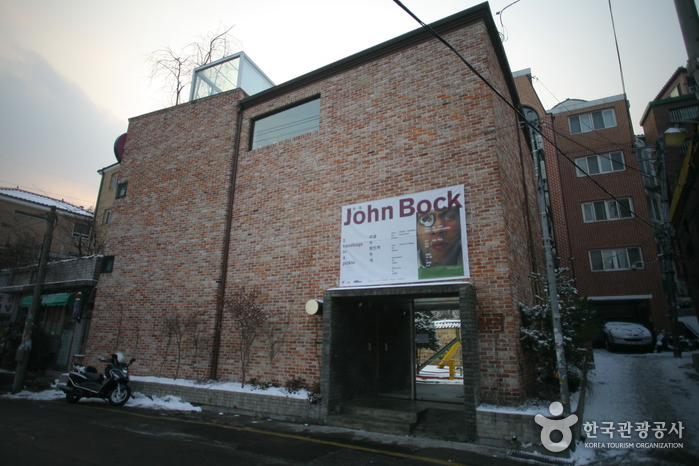
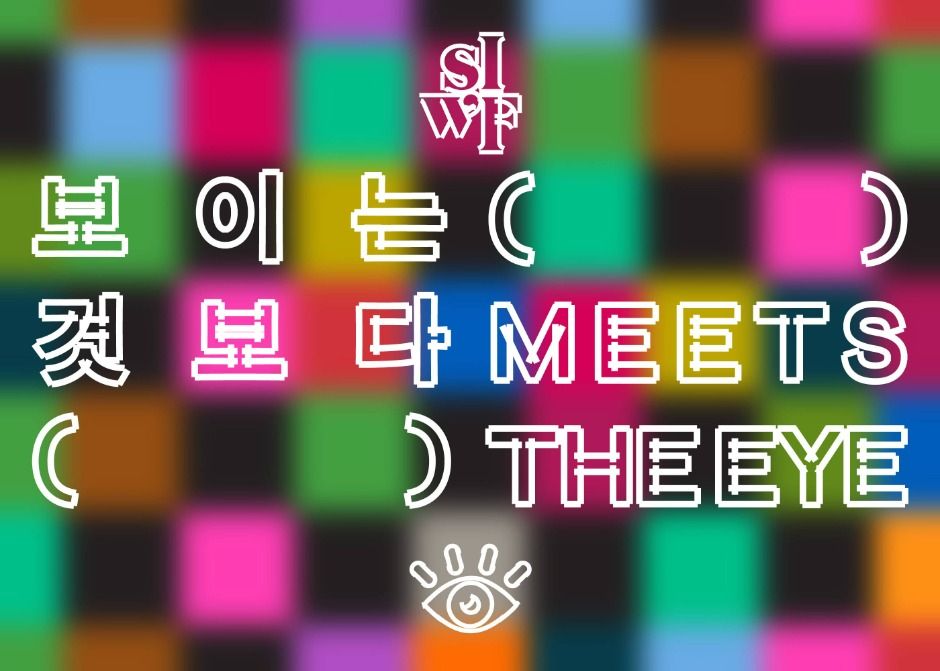
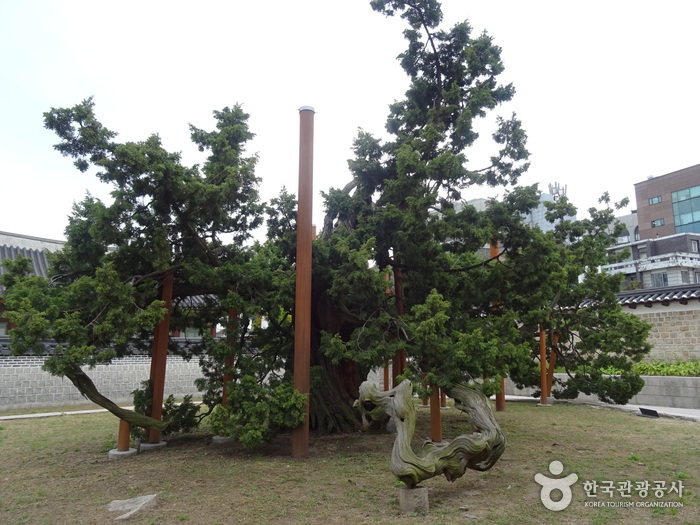
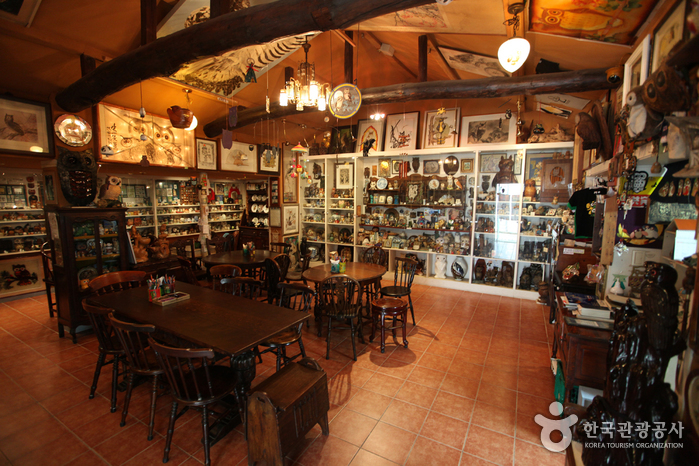
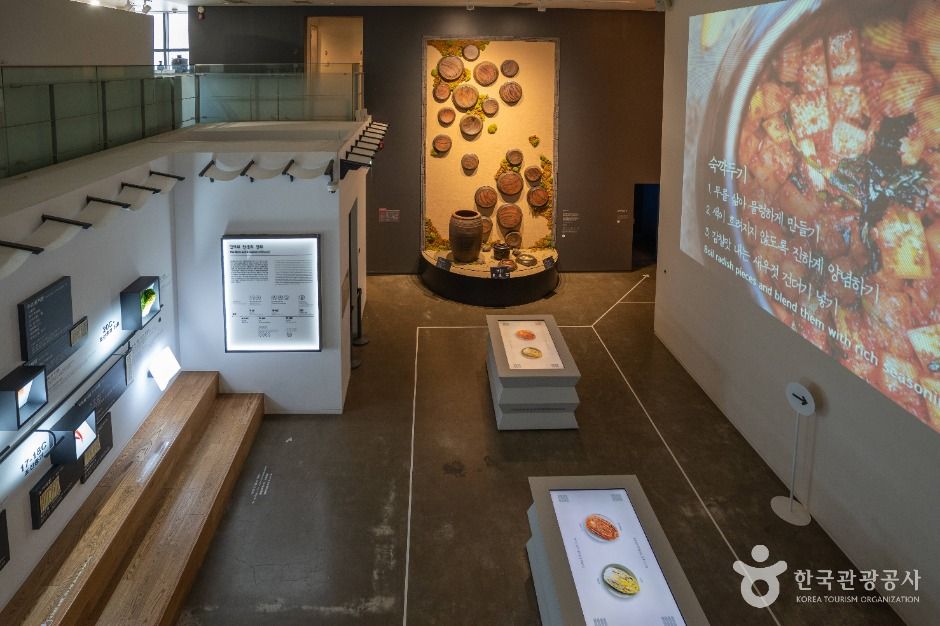
 English
English
 한국어
한국어 日本語
日本語 中文(简体)
中文(简体) Deutsch
Deutsch Français
Français Español
Español Русский
Русский